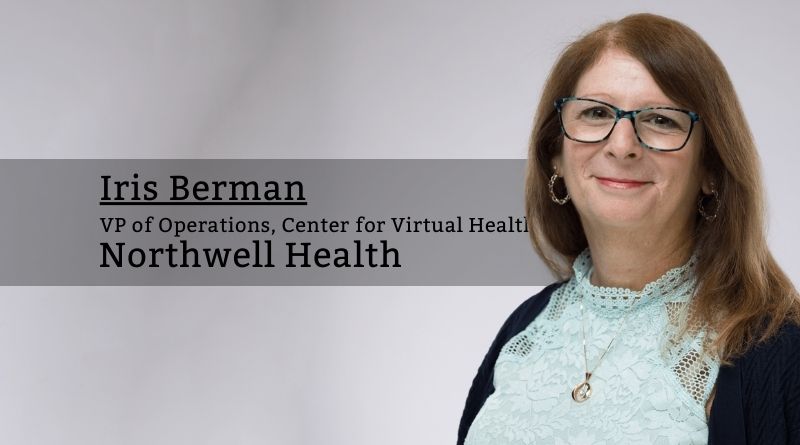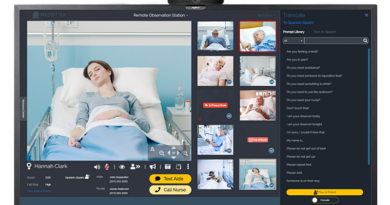The Evolution of Virtual Health Using RPM and Point-of-care (POC) Technology
By Iris Berman, VP of Operations, Center for Virtual Health, Northwell Health
Personalized medicine is transforming healthcare for some by tailoring treatments to individual patients based on their unique genetic, environmental, and lifestyle factors. Since the pandemic, virtual care has become increasingly prevalent and the role of diagnostics in this field has become more critical than ever. Point-of-care (POC) diagnostics (refers to those being performed at or near the location of the patient) are moving to the forefront of this transformation because they can offer faster, accurate, and more convenient testing and monitoring solutions that can enhance the number of options for both wellness and disease management in virtual health.
The Evolution of POC Diagnostics
These diagnostics range from glucometers and rapid antigen tests to portable imaging devices and POC lab tests. Recent advancements, such as wearable sensors and smartphone-based diagnostics, have expanded the capabilities and applications of remote patient monitoring (RPM) with POC diagnostics.
Impact on Personalized Medicine
POC monitoring and diagnostics enhance the accuracy and speed of medical care, allowing for timely and personalized treatment decisions. By providing immediate results, these diagnostics can enable healthcare providers to tailor treatments to individual patients more effectively. Additionally, POC diagnostics empower patients by giving them more control over their health care and informed decision-making. Integration with digital health tools and electronic health records (EHRs) further supports a comprehensive view of a patient’s health that can be shared with the health team across the entire continuum.
Transforming Virtual Care
POC diagnostics and RPM allow healthcare providers to track patients’ health in real-time without requiring in-person visits for routine monitoring. During telehealth consultations, POC diagnostics tools can provide immediate biometric measurements to be discussed with healthcare providers, enhancing the quality of virtual visits. For chronic disease management, continuous monitoring through POC diagnostics enables timely interventions and improved patient outcomes and may reduce unnecessary hospitalizations.
Operational Efficiencies
The adoption of POC diagnostics options in virtual care can lead to significant operational efficiencies. Reduced hospital visits and in-person consultations result in cost savings for patients and healthcare systems. Clinical workflows can be streamlined, with faster turnaround times for test results and a decreased administrative burden on healthcare providers. POC diagnostics also optimize the use of healthcare resources, including laboratory space, equipment, and personnel.
Challenges and Future Directions
Despite their benefits, POC diagnostics face challenges related to regulatory approval, reimbursement, and quality assurance. Ensuring the accuracy and reliability of these devices is critical for their widespread adoption. Data security and patient privacy are also concerns, particularly in the context of virtual care and digital health. When looking at a vendor of these products assuring that they have addressed these aspects is crucial. Looking toward the future, we can expect the continued evolution of these devices and tests as we continue to move to a world of “health at home.”
Conclusion
POC diagnostics tools do have the potential to revolutionize personalized medicine, improve chronic disease management, and virtual care by providing rapid, accurate, and convenient testing solutions. As healthcare continues to move to patient-centered care, the ability to streamline clinical workflows and optimize healthcare resources through such technology combined with interoperability can transform the healthcare experience.



